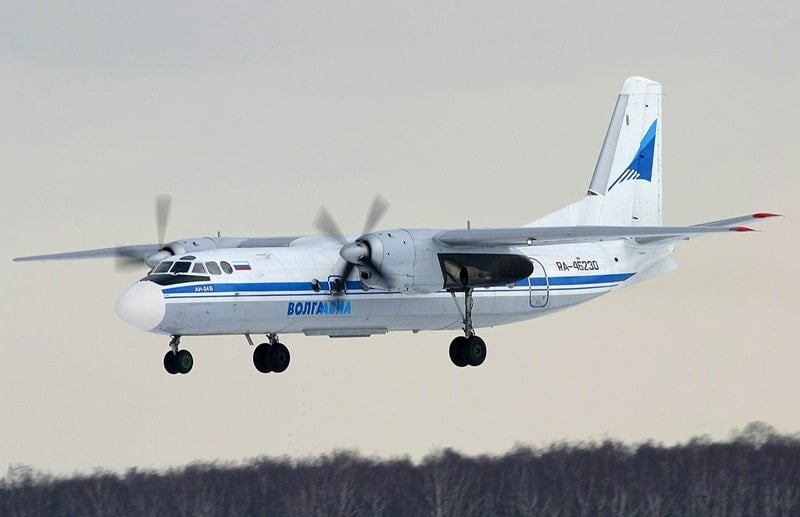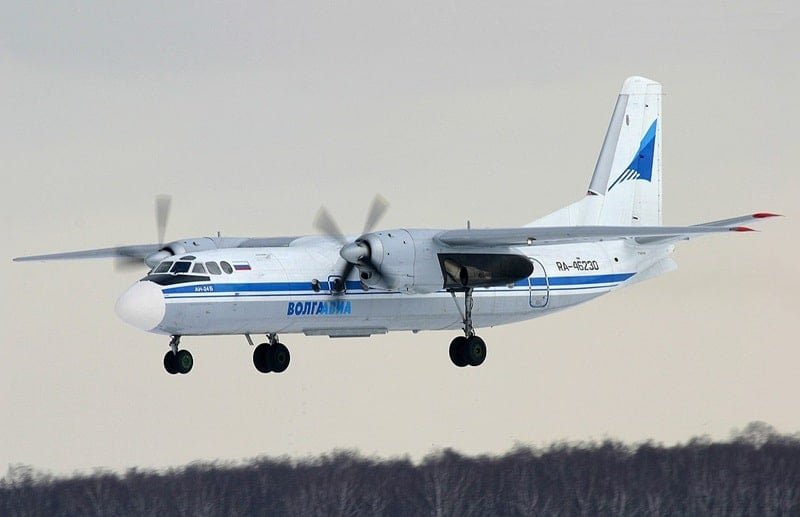
Russia‘s rescue services have found the wreckage of a plane that crashed after it disappeared about 16km (10 miles) from its destination in the far-eastern Amur region. All individuals on board are presumed dead.
The Angara Airlines Antonov An-24 plane, carrying 43 passengers and six crew, had left Blagoveshchensk close to the Chinese border and vanished from radar as it approached Tynda airport, emergency officials said.
According to the TASS news agency, a Rosaviatsia Mi-8 helicopter participating in the search discovered the burning fuselage. Rescuers are currently en route to the difficult-to-access crash site, which is located on a mountainside and where an ongoing fire has been reported.
The An-24 lost contact with air traffic controllers at a checkpoint just a few kilometers from Tyumen airport. The aircraft disappeared from radar after attempting a second landing at Tynda airport, according to the Far Eastern Transport Prosecutor’s Office.
Significantly, the aircraft did not send a distress signal before crashing.
Related: At Least 241 People Killed in India Plane Crash
Conflicting passenger numbers on Russia’s plane crash
The exact number of people on board remains uncertain due to conflicting reports:
Operational services initially stated there were 40 passengers, including 2 children, and 6 crew members.
However, Vasily Orlov, the Governor of the Amur region, posted on his Telegram channel that preliminary data suggested 43 passengers, including 5 children, and 6 crew members.
Earlier alarms indicated approximately 50 people were on the passenger plane.
Safety record of the Russian plane
While Antonov, as a design bureau, has produced many successful and reliable aircraft, the Antonov An-24, in particular, has a concerning accident record.
Many Antonov aircraft, including the An-24, were designed and built during the Soviet era. This means that a significant portion of the active fleet is quite old.
While aircraft can be safely operated for many decades with proper maintenance, older aircraft generally require more rigorous and frequent inspections, and parts availability can become an issue.
The crash involving an An-24 highlights the potential risks associated with older aircraft, especially if maintenance standards are not consistently met or if they are operated in challenging environments.
The Antonov An-24 has a notable accident history. According to Wikipedia, the An-24 has suffered 159 accidents with a total of 2,134 fatalities. This is a significant number, even considering its long production run and widespread use in the Soviet bloc and developing countries.
Accidents involving the An-24 have been attributed to various factors, including:
- Pilot error: This is a common factor in many aviation accidents across all aircraft types.
- Mechanical failures: Issues with engines, propellers, and other systems have been cited.
- Weather conditions: Operating in challenging weather can increase risks.
- Maintenance issues: Insufficient or improper maintenance can degrade an aircraft’s airworthiness over time.
- Design-related issues: In some specific Antonov models (e.g., An-28, as per one search result), design flaws have been identified, though this is not a general statement about all Antonov models.
Related: List of Plane Crashes in Greece over the Last 25 years


